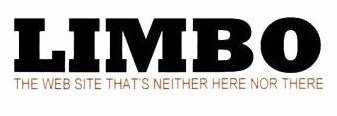On this day in 1974, the first Universal Product Code was scanned at a supermarket cash register. The UPC bar code system was originally invented specifically for grocery stores, to speed check-out and help them keep better track of their inventory, but it proved so successful that it spread quickly to other retailers. The first patent for a bar code went to N. Joseph Woodland and Bernard Silver in 1952. They didn’t do anything with it for 20 years, because the scanning technology didn’t exist yet. By 1972, Woodland was working for IBM, and it was there that the bar code design was perfected and the prototype scanner was built in 1973. The IBM 3660 included a digital cash register and checkout scanner, and the grocery industry, which had been collaborating with IBM on the invention, began requiring its suppliers to start putting bar codes on their packaging.That must be one dry 10-stick pack of gum by now.
The first scan was made at a Marsh’s Supermarket in Troy, Ohio, which had agreed to serve as a test facility for the new technology, and the first item scanned was a pack of Wrigley’s Juicy Fruit Gum. There’s no significance to gum being the first item scanned; it just happened to be the first thing pulled from the cart. That pack of gum is on display at the Smithsonian’s National Museum of American History in Washington, D.C.
Sunday, June 26, 2011
Chew on This
This entry from Garrison Keillor’s The Writer’s Almanac is definitely off-topic, but I found it fascinating:
Subscribe to:
Post Comments (Atom)







No comments:
Post a Comment